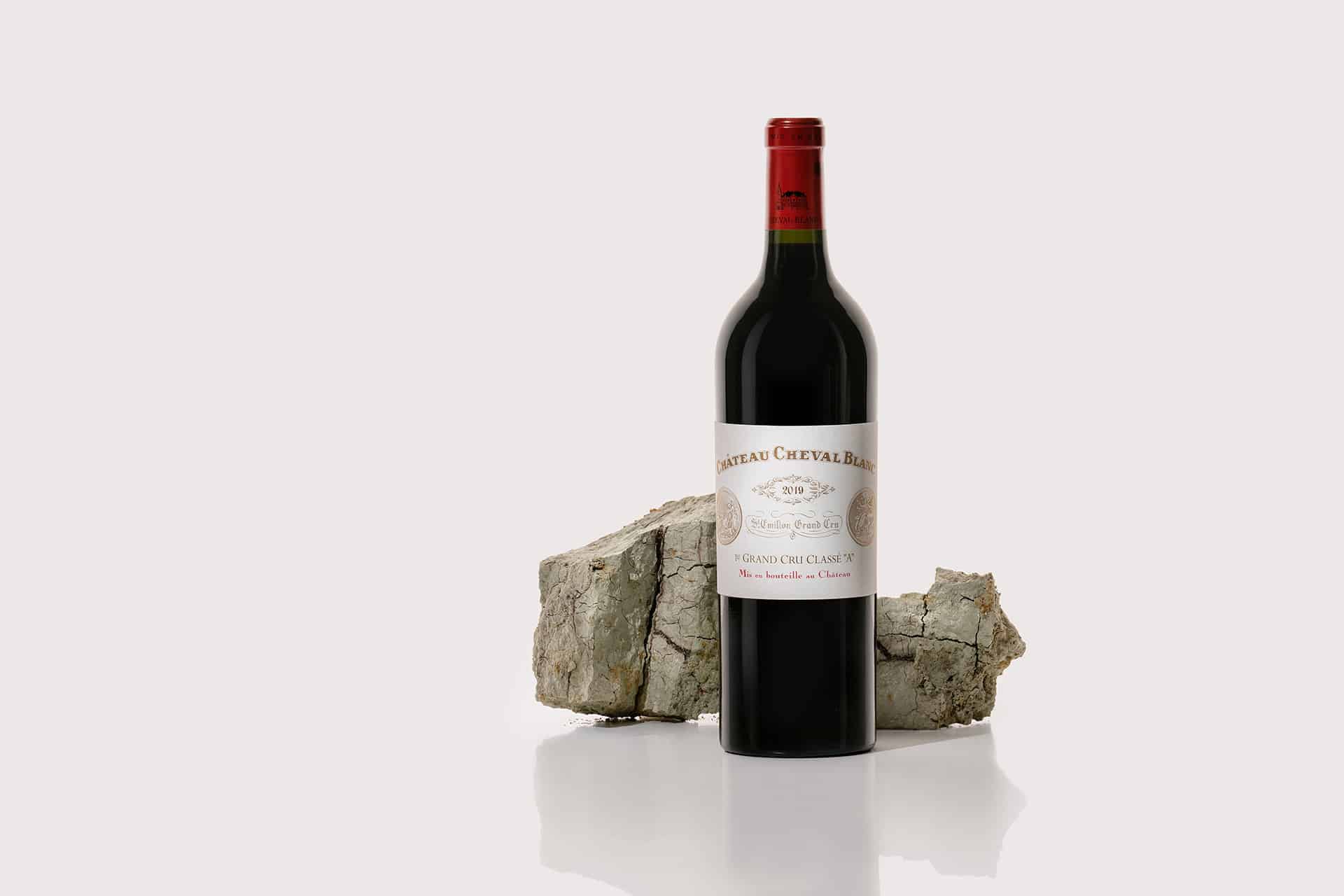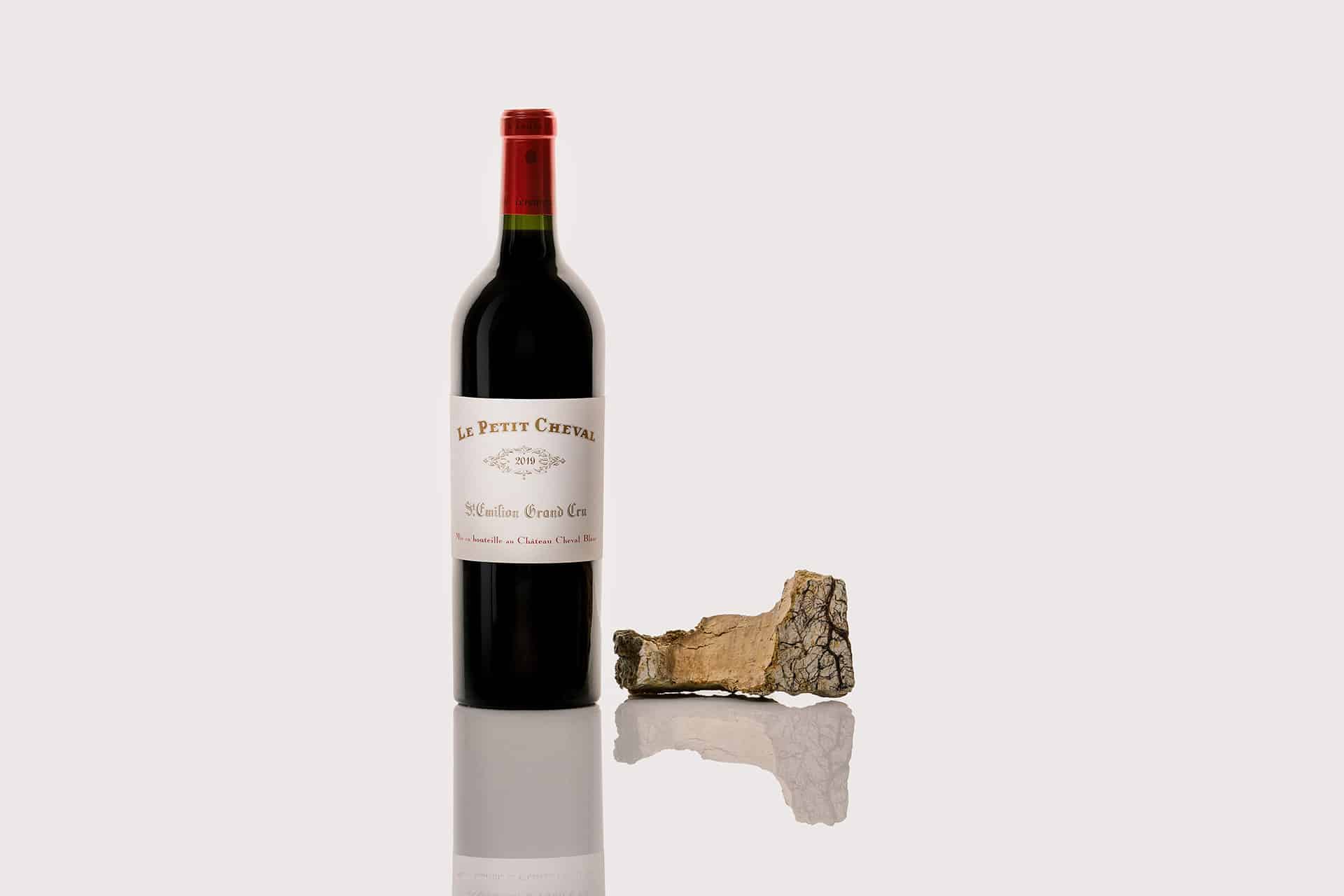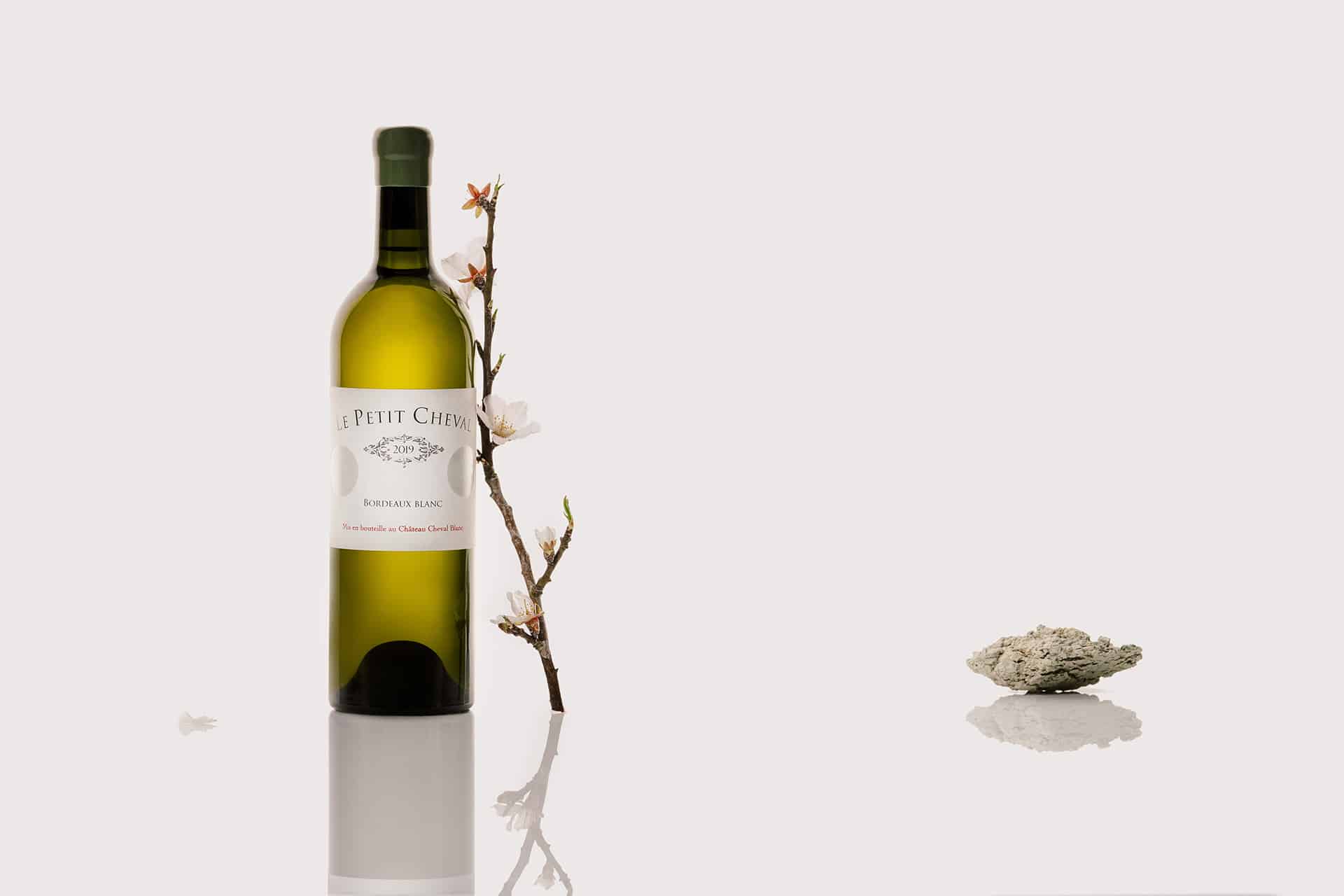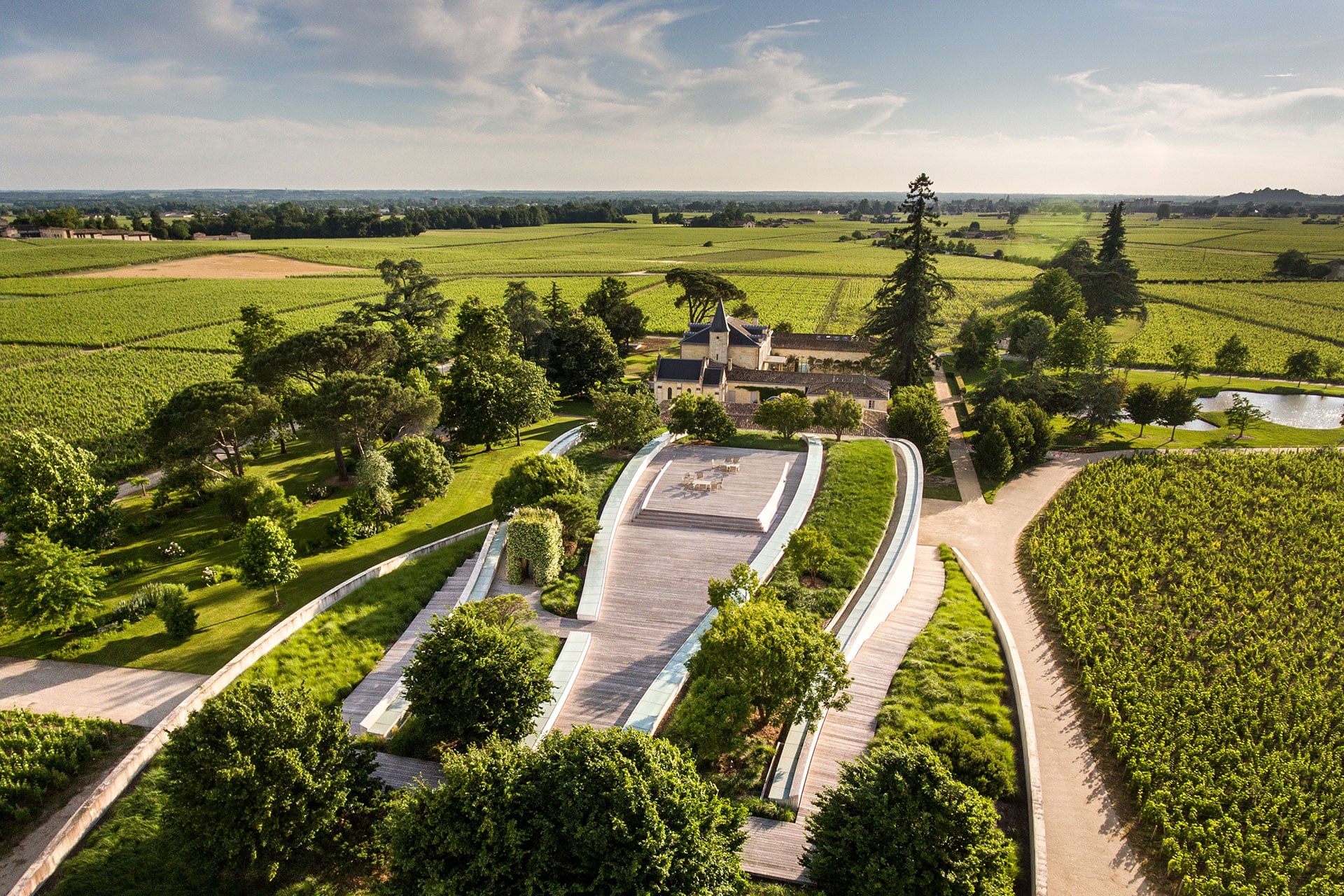Château Cheval Blanc
Discover vintagesSince it won its first medal, still featured on its labels, at the Universal Exhibition of London in 1862, Château Cheval Blanc has maintained its place as one of the world’s greatest wines. Its grace, alchemy and elegance are the incarnation of refined French culture, of unparalleled quality.
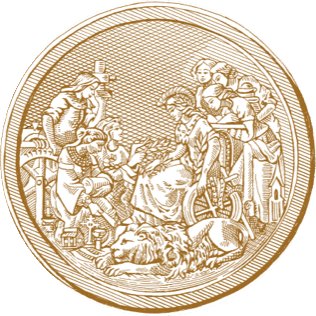

Château Cheval Blanc has been situated in the commune of Saint-Emilion for 200 years. It covers 39.5 hectares divided into 55 plots, each of which is different and unique. Each plot has its own characteristics according to its age, size and, in particular, its soil and grape variety. Each plot is vinified separately so that it can express its individuality fully before blending and so that it can contribute to the overall coherence of each vintage.
Château Cheval Blanc has always been managed with longevity in mind: all the particularities of this legendary Bordeaux have been preserved throughout the years – its terroir, grape varieties and style – whilst its qualities continue to become more refined and assertive. Thanks to the mineral and vegetal heritage and increasingly rigorous know-how, Château Cheval Blanc has made a place for itself on the most prestigious tables across the globe for over a century and a half.

Château Cheval Blanc in 2023
-
Gravelly soil
PEYROSOL
PEYROSOL with deep gley
Gravelly-sandy BRUNISOL on a clay-loam floor
Slightly redoxic sandy BRUNISOL on ruby clayey sands
-
Clay soil
Sedimorphic PLANOSOL on heavy clay
Sedimentary PLANOSOL on a clay-loam floor
REDOXISOL sandy clay subsoil
-
Sandy soil
ARENOSOL
Deep gleyed sandy LUVISOL
REDOXISOL sandy clay subsoil
Le Petit Cheval – white wine
-
Sandy-gravelly soil
sandy-gravelly COLLUVIOSOLS with clay subsoil
Sandy-gravelly COLLUVIOSOLS with sandy-clay subsoil
-
Sandy soil
sandy colluvial REDOXISOLS
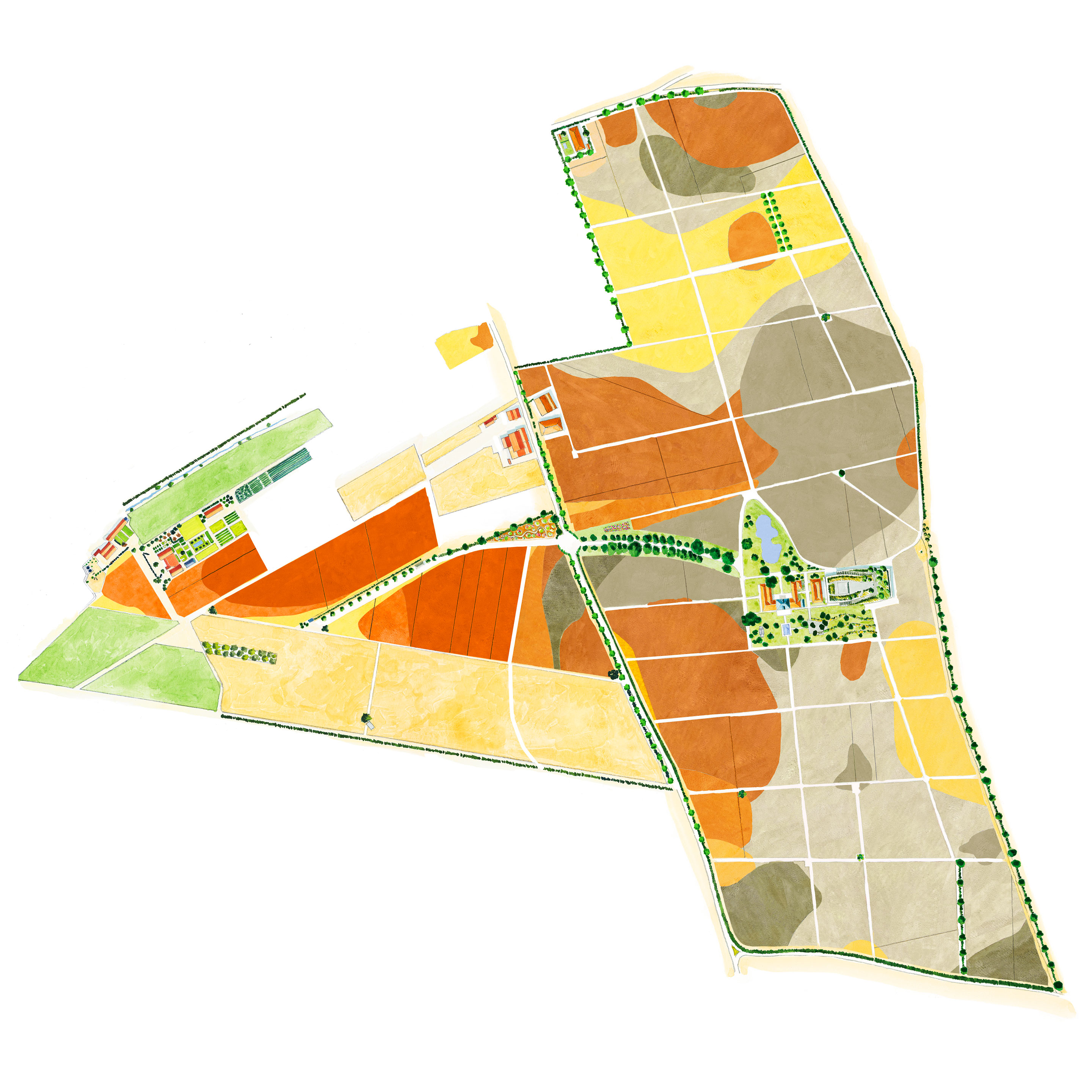
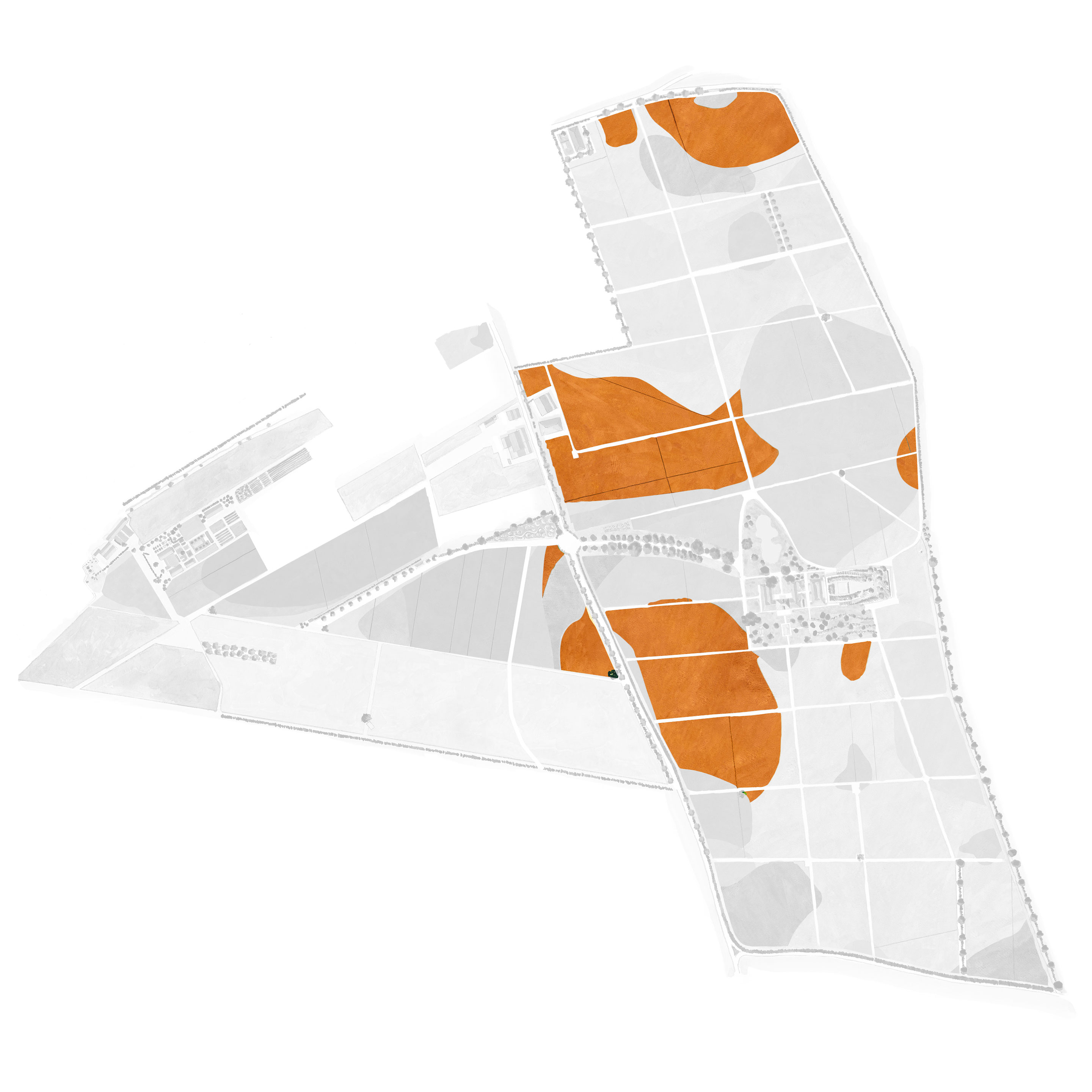
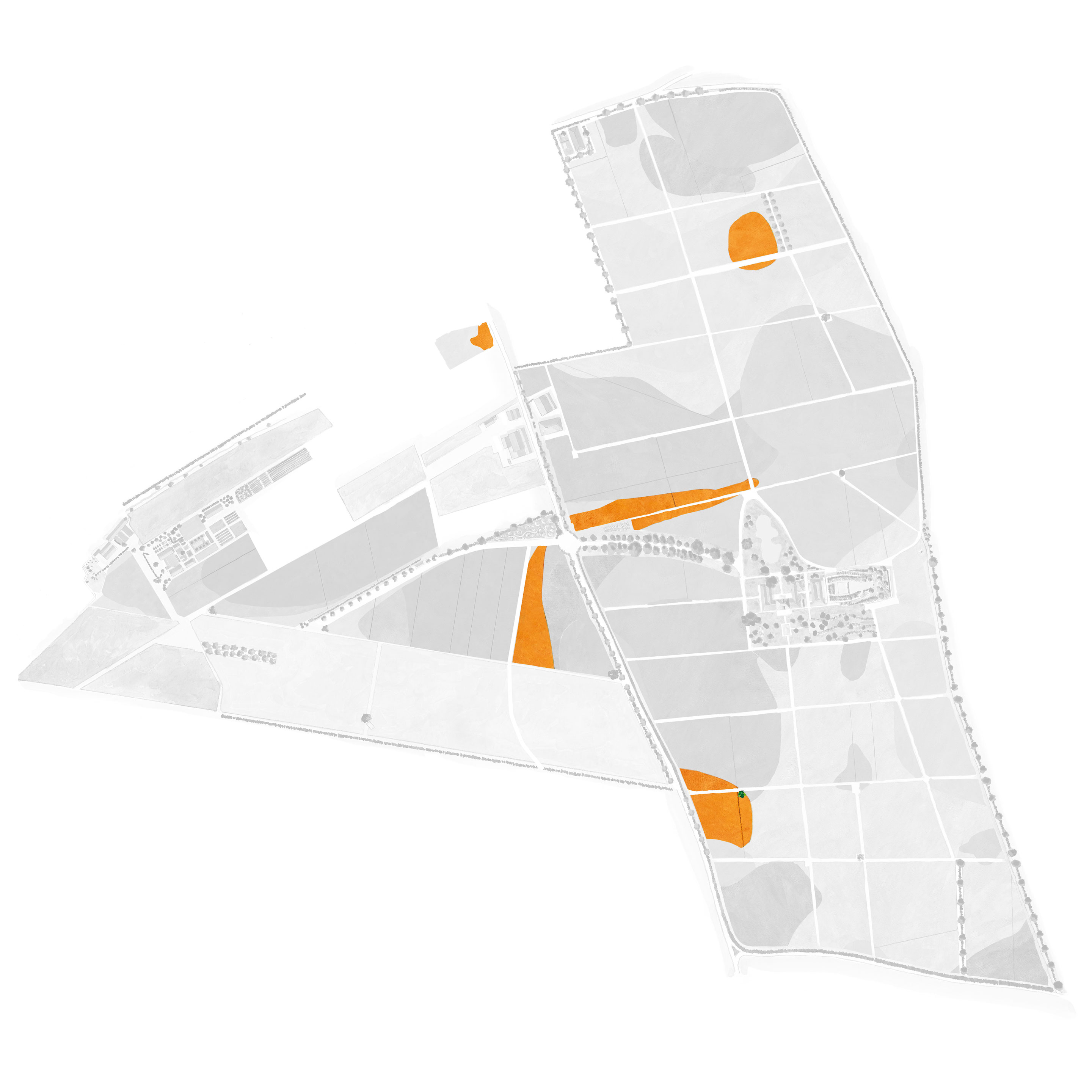
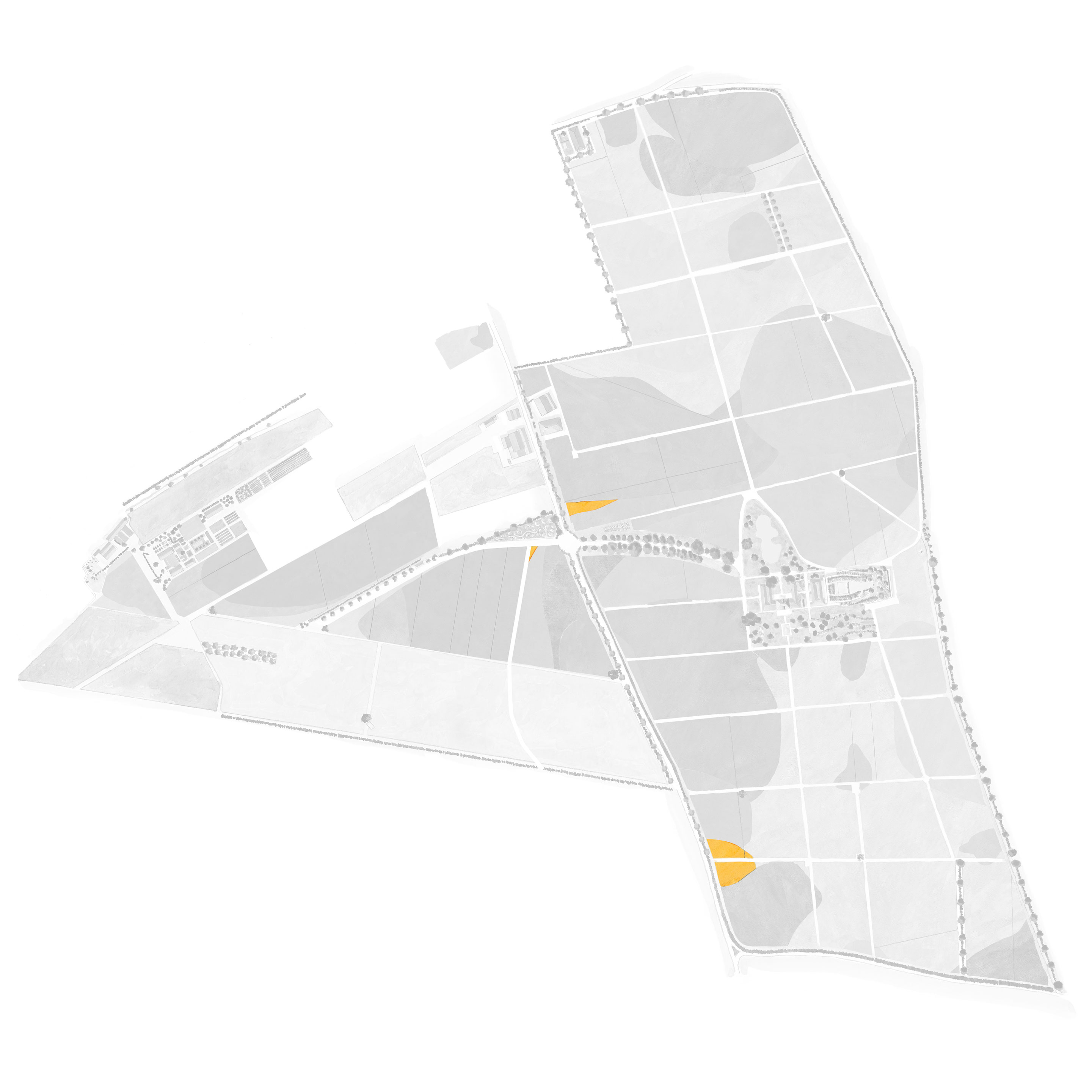
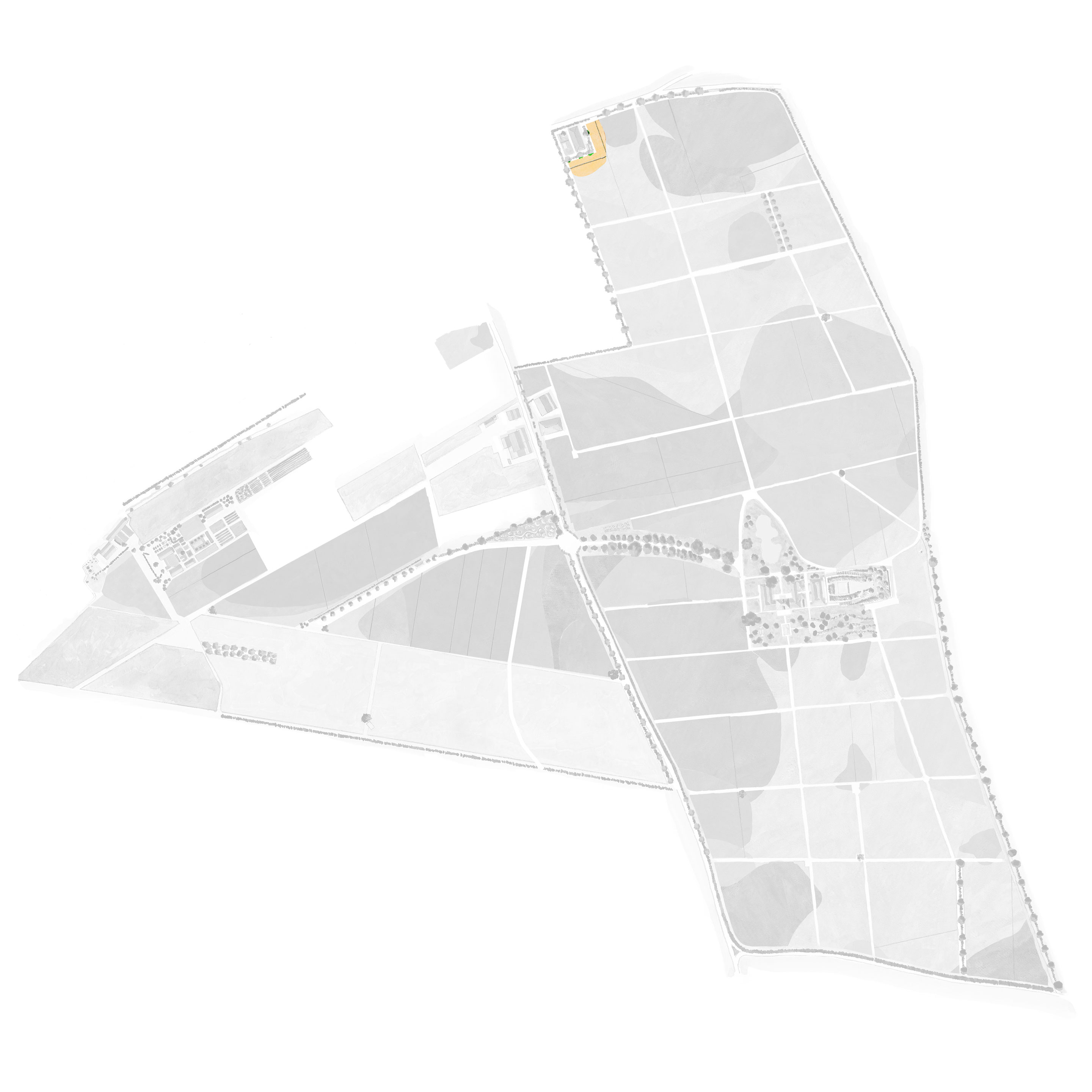
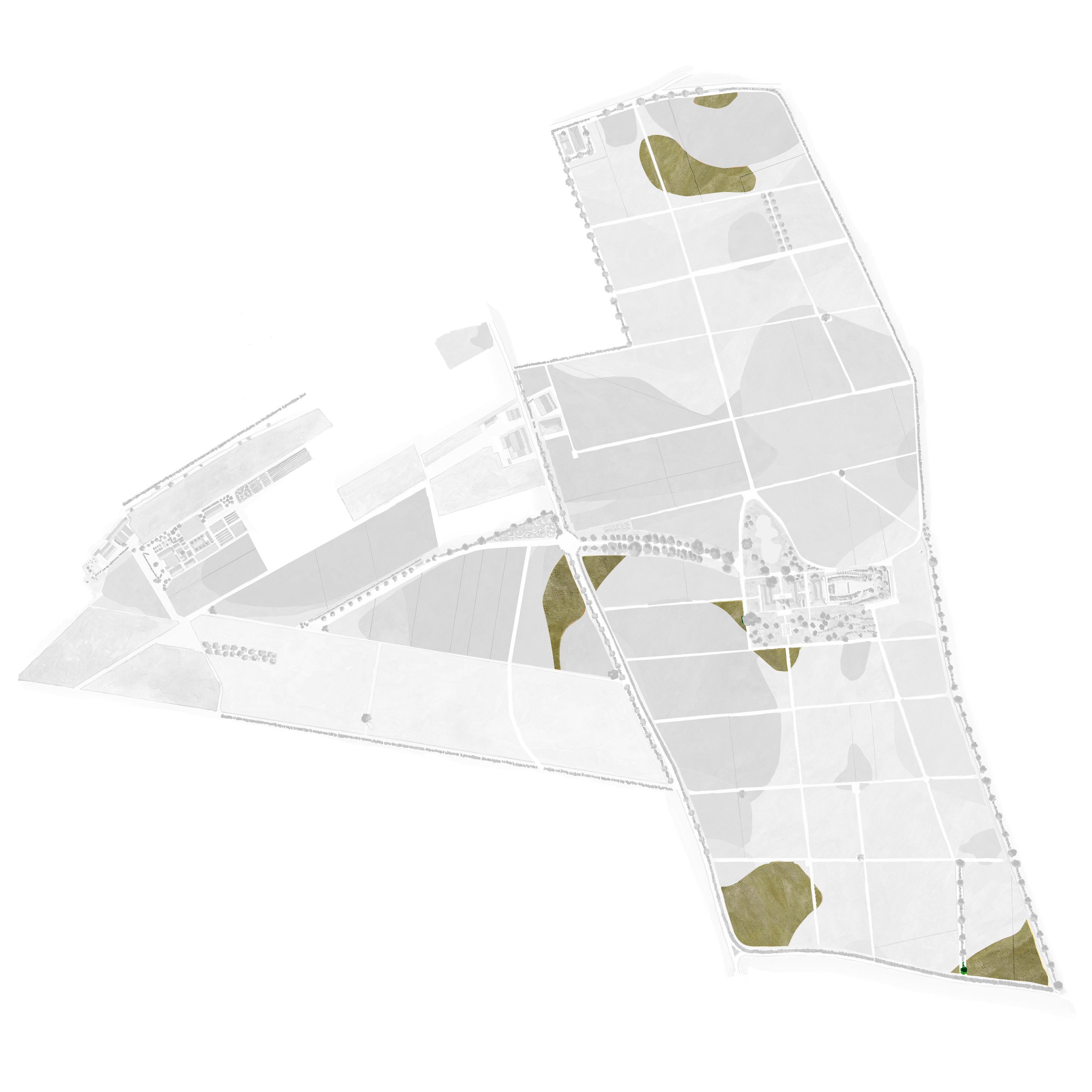
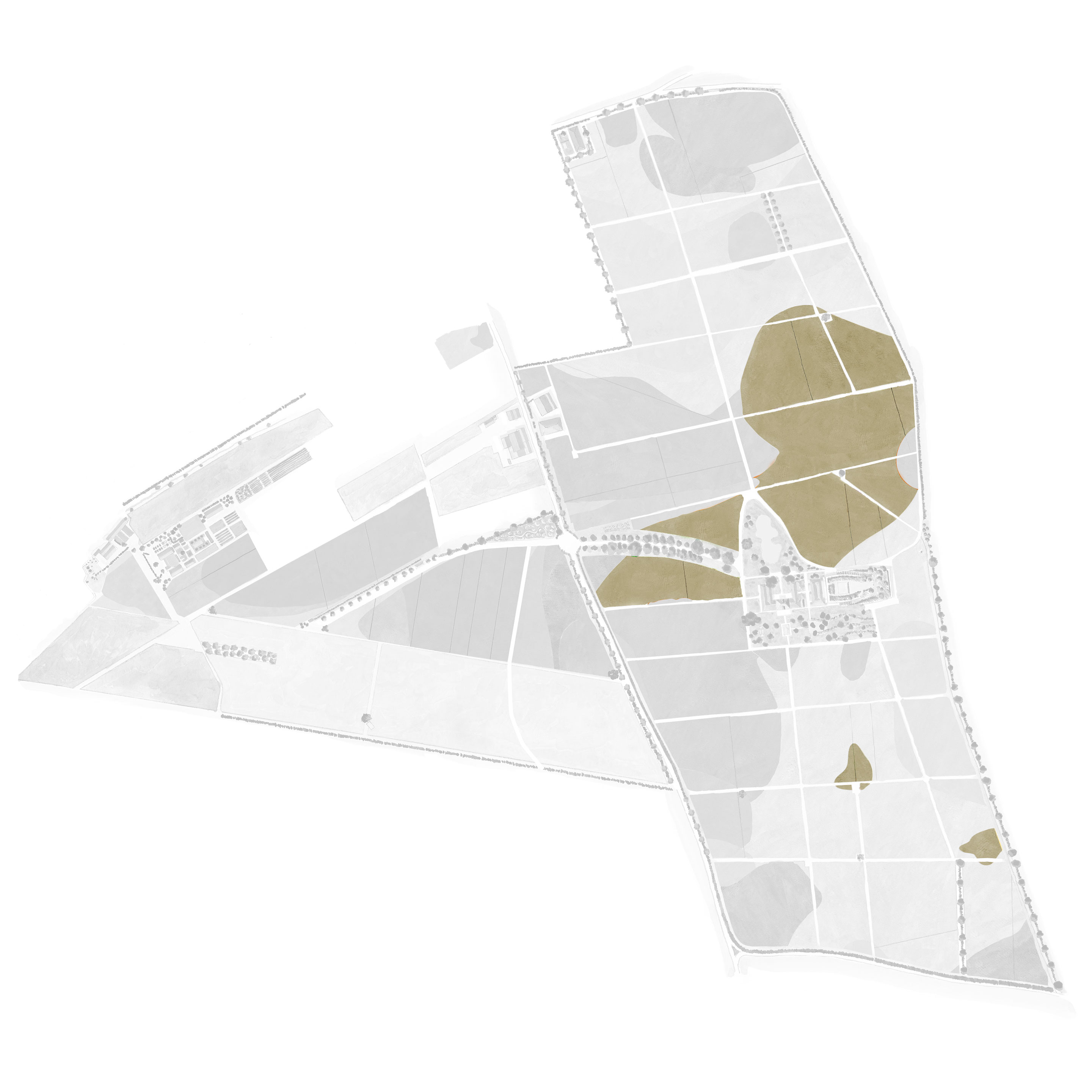
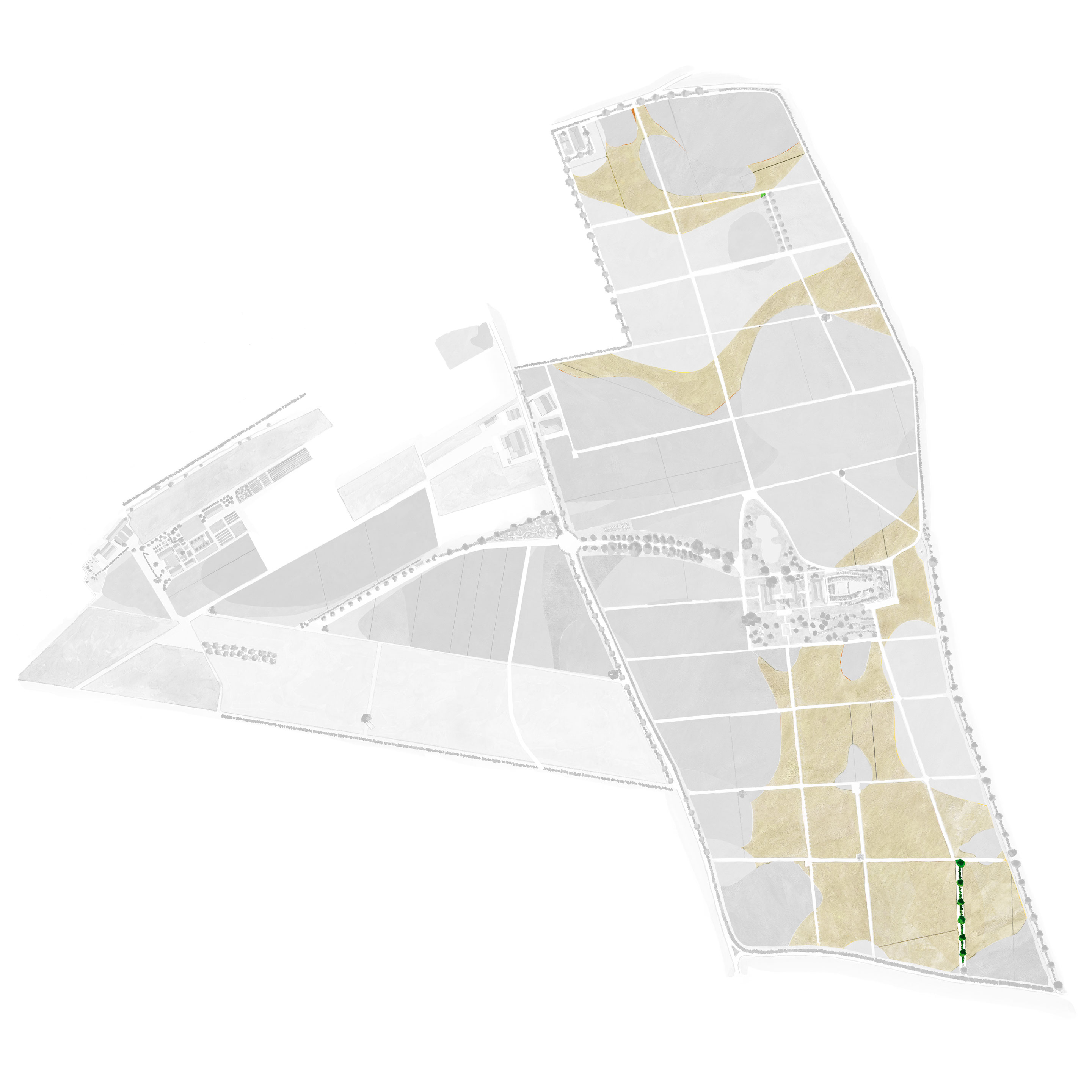
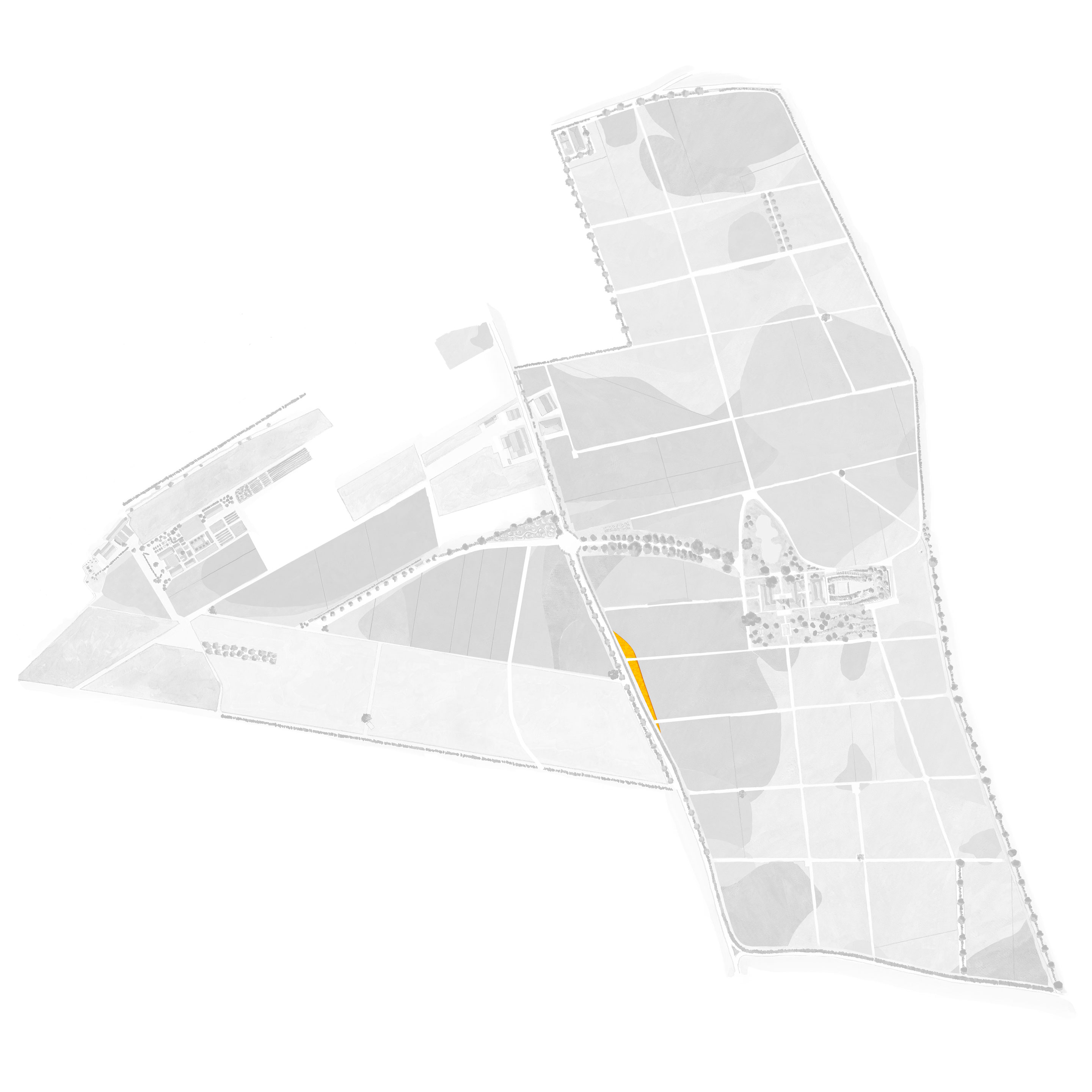
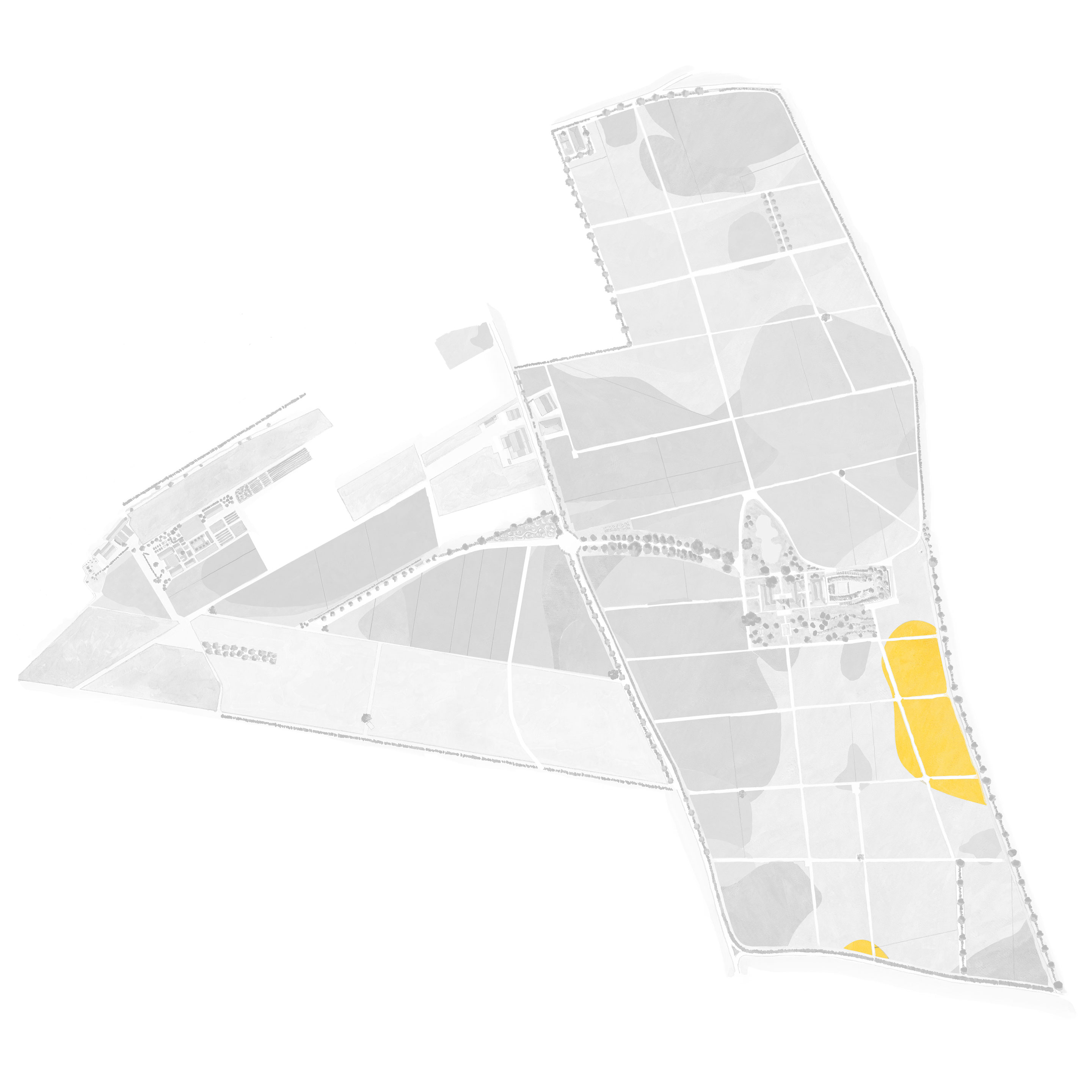
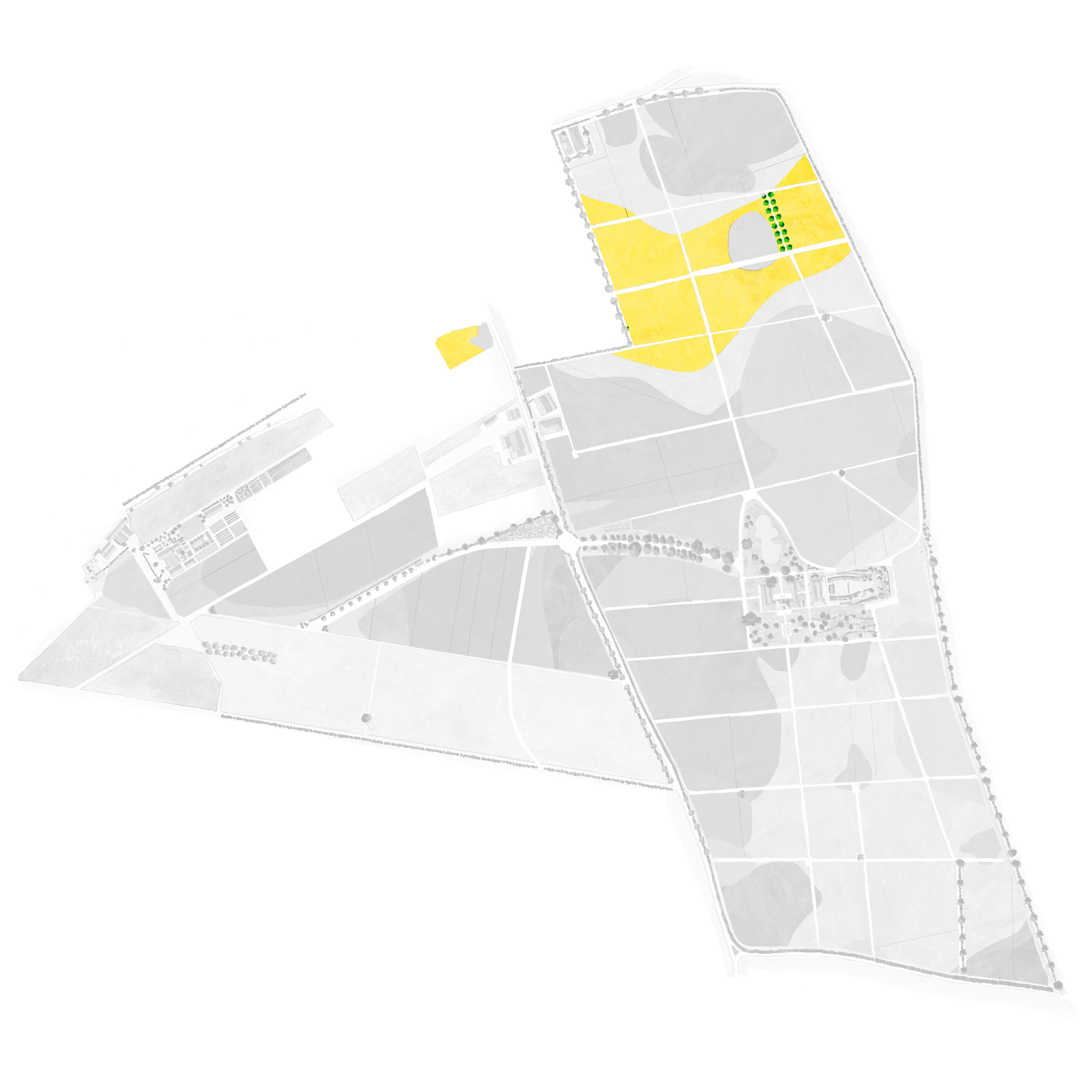
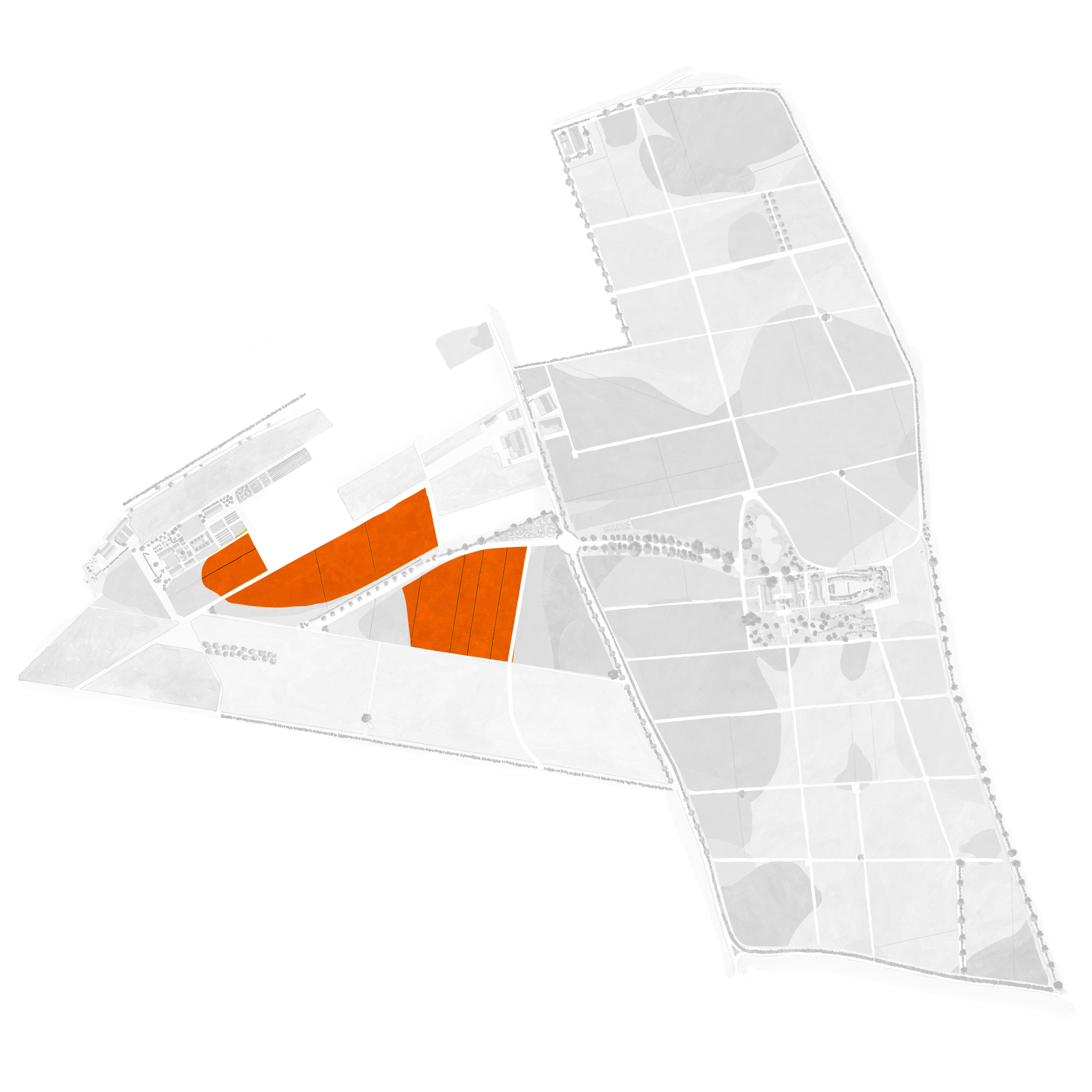
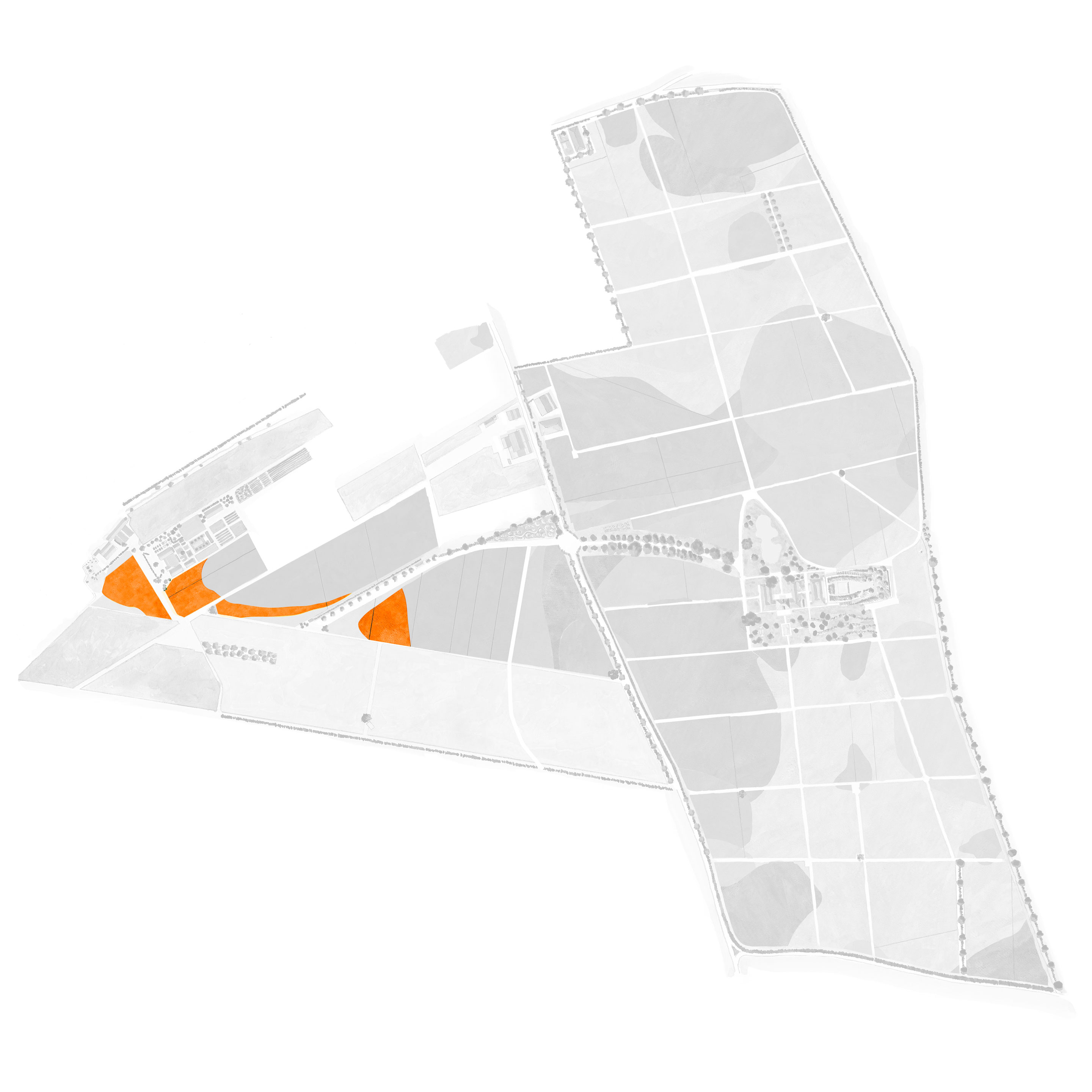
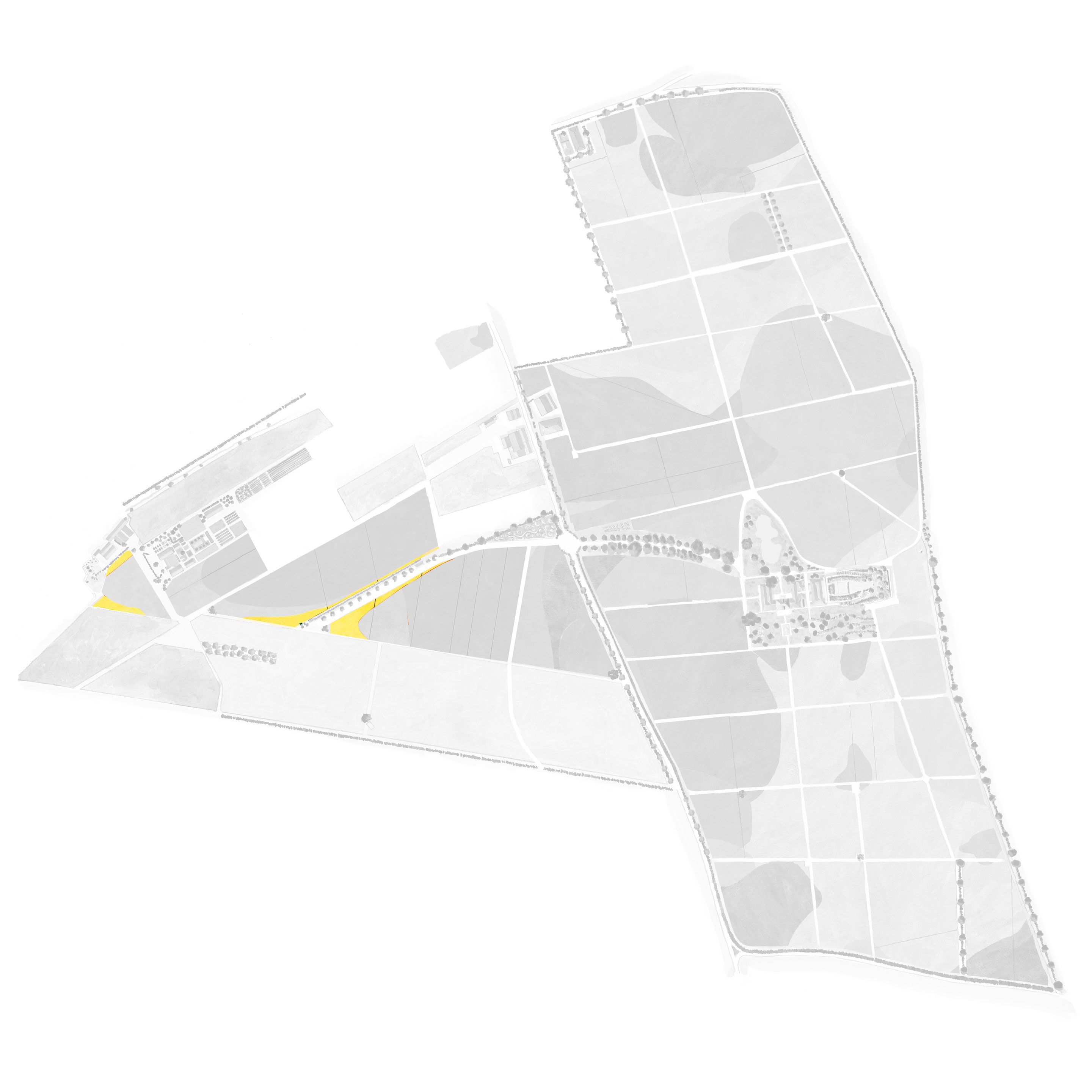
Château Cheval Blanc in 2023
-
Cabernet franc
-
Merlot
-
Cabernet sauvignon
-
Malbec
Le Petit Cheval – white wine
-
Sauvignon blanc
-
Sémillon
Château Cheval Blanc
Parcelle 11A - Les 2 journaux des Argiles
-
Plantation
1952
-
Prod. réelle
1,8638
-
Prod. cadastrale
2,0010
-
Grape variety
Cabernet franc
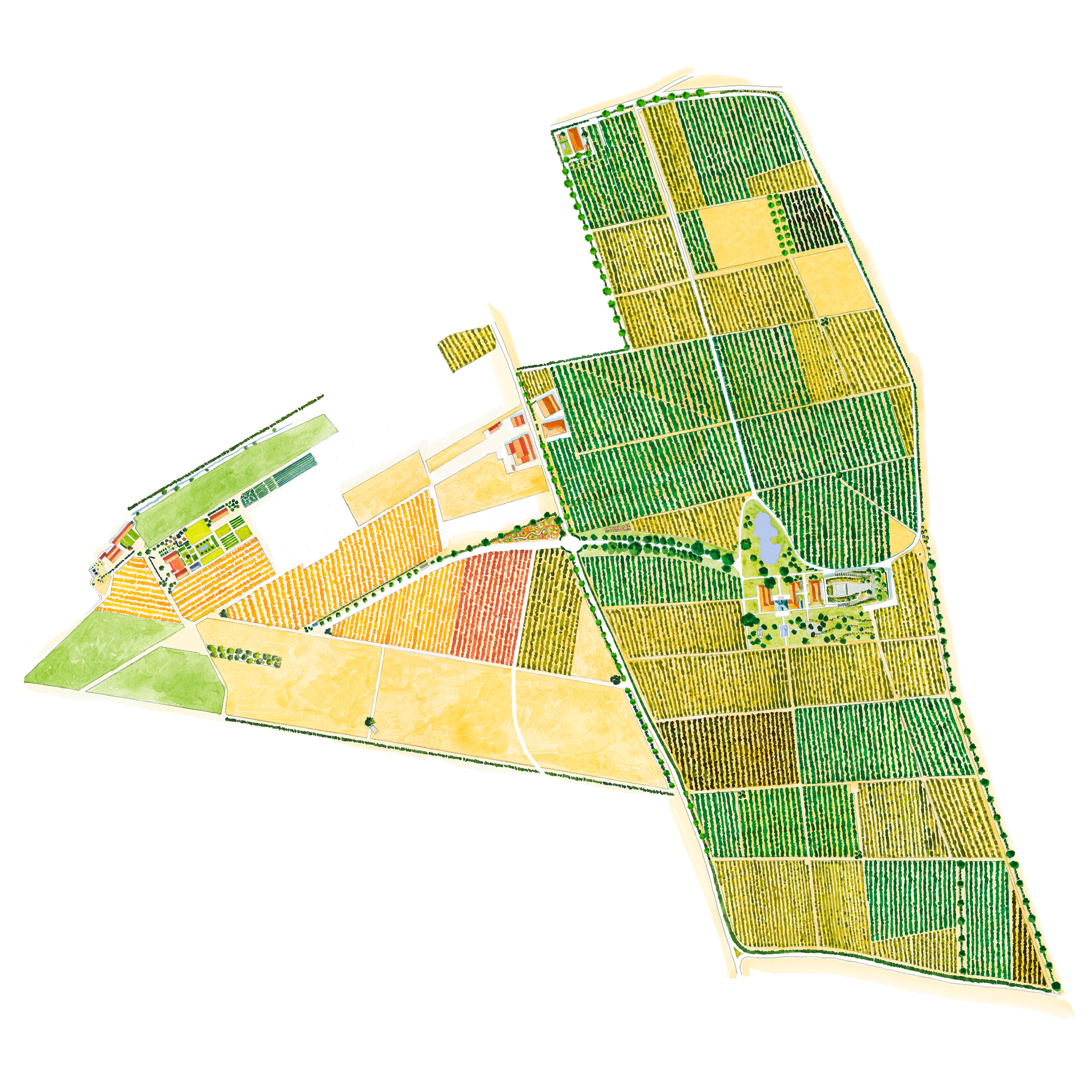
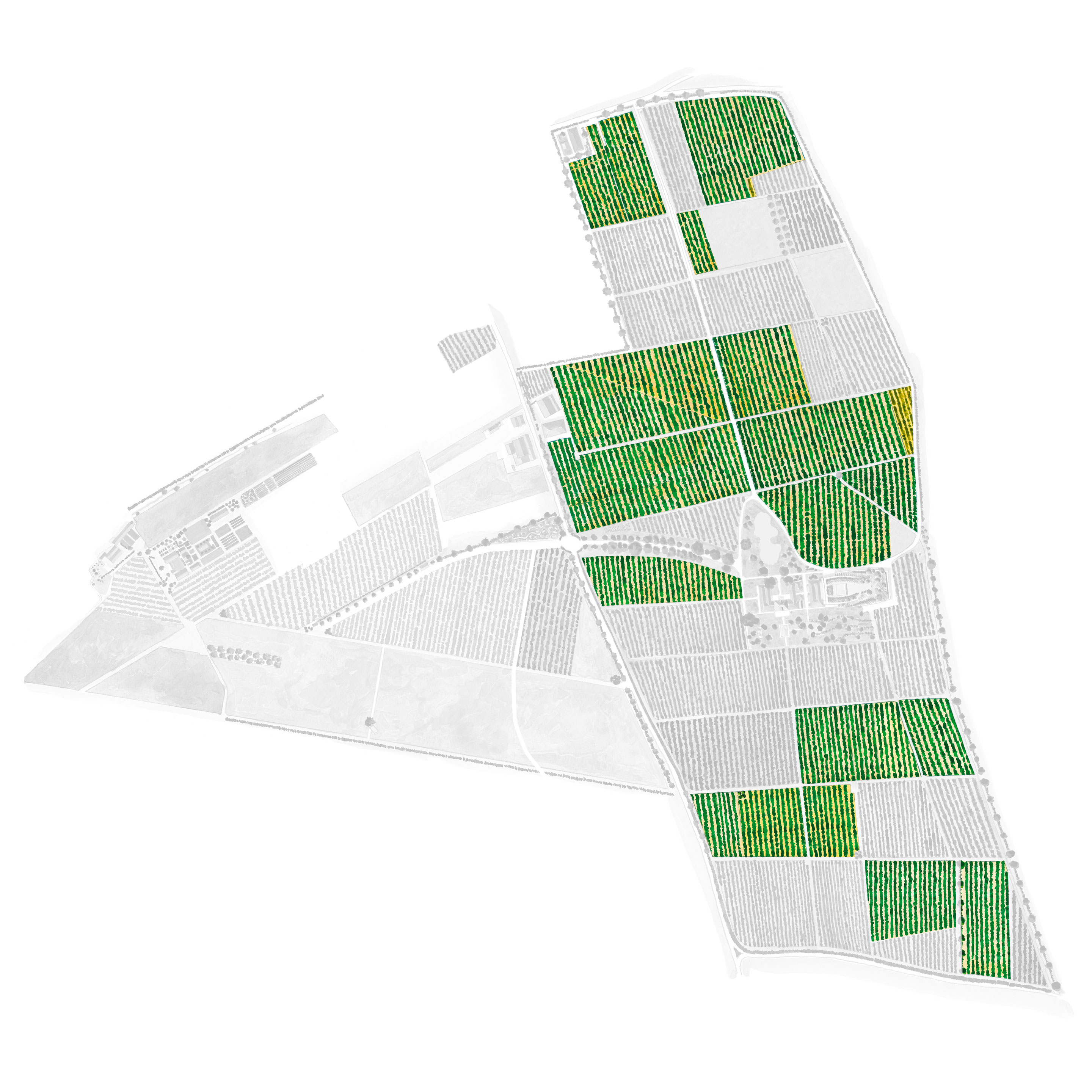
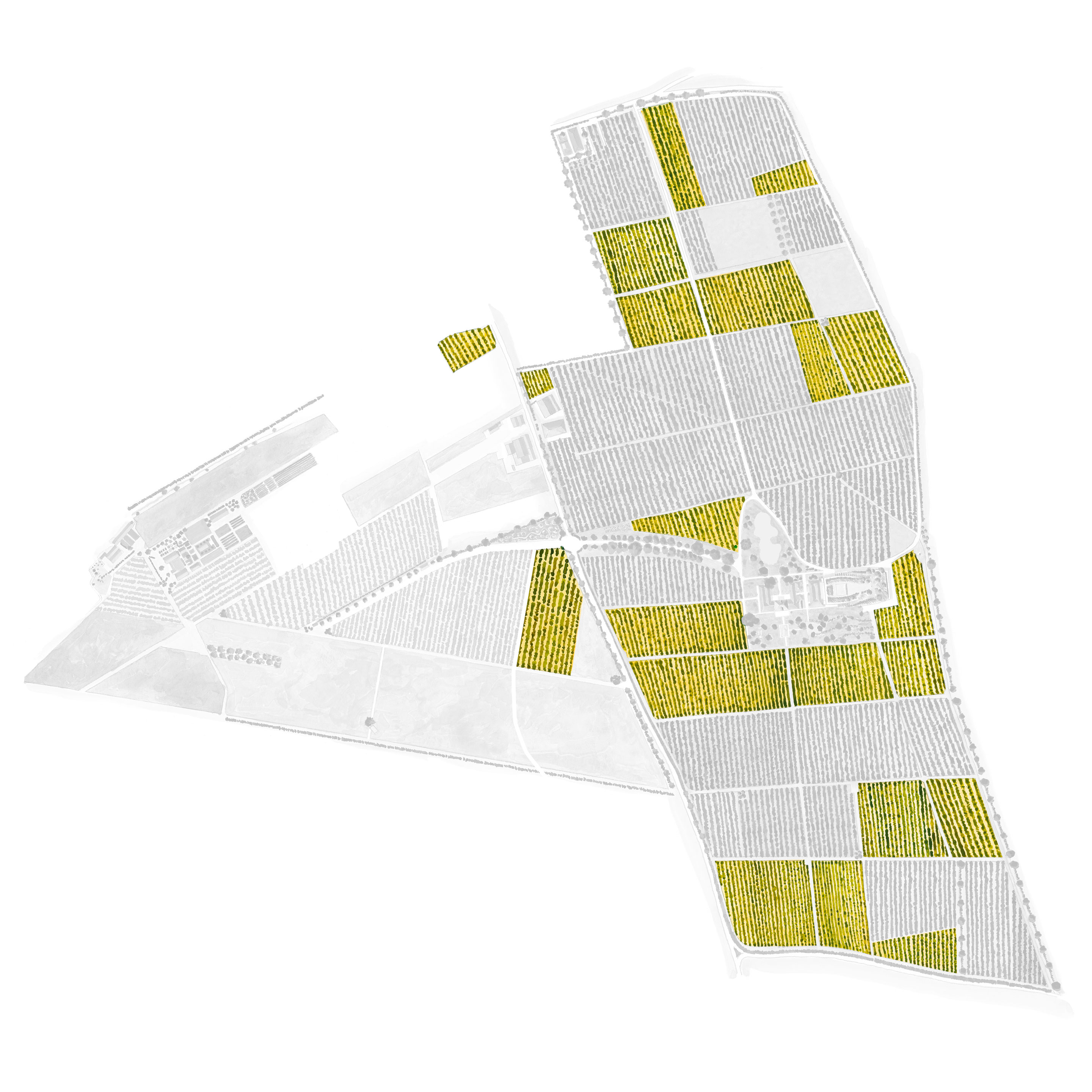
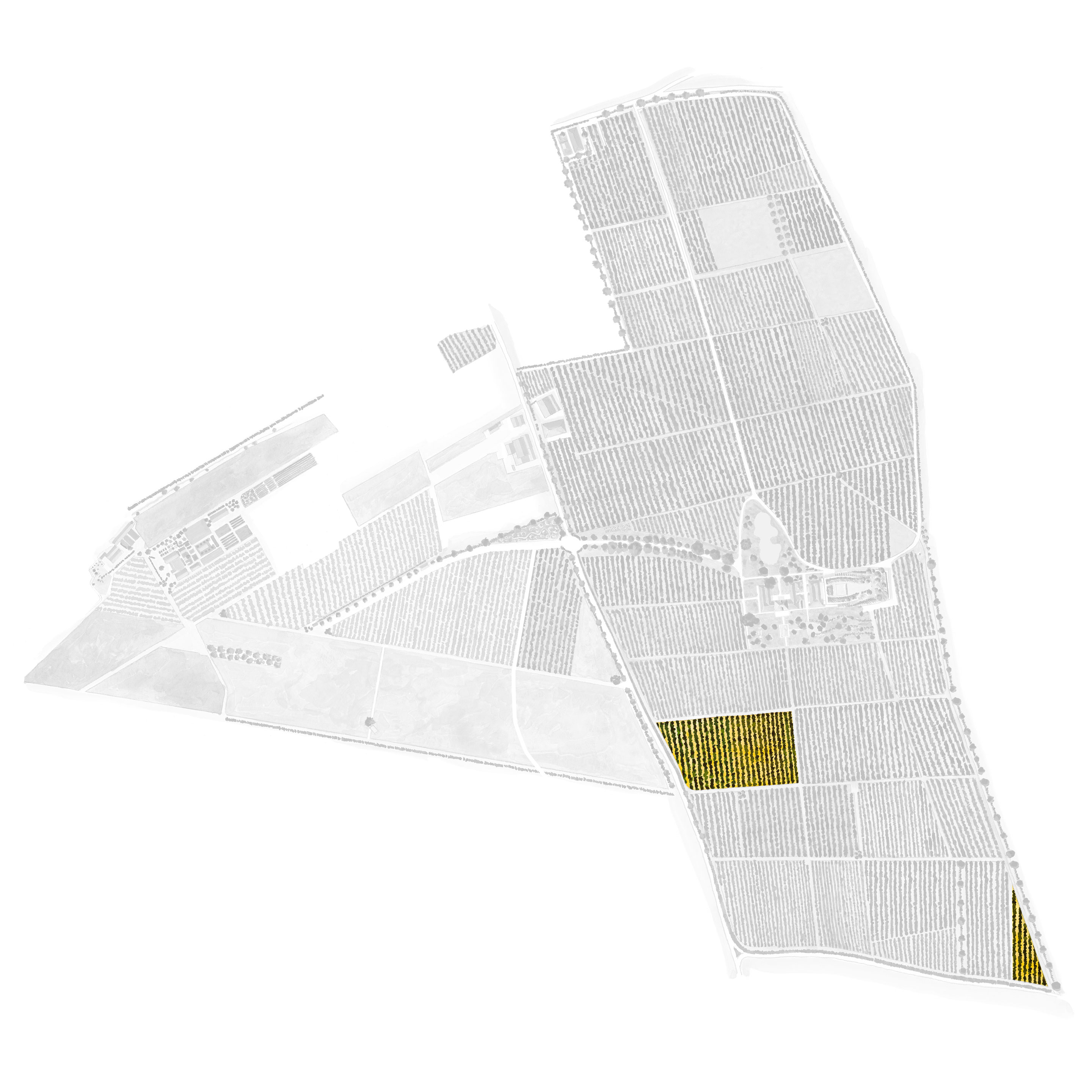
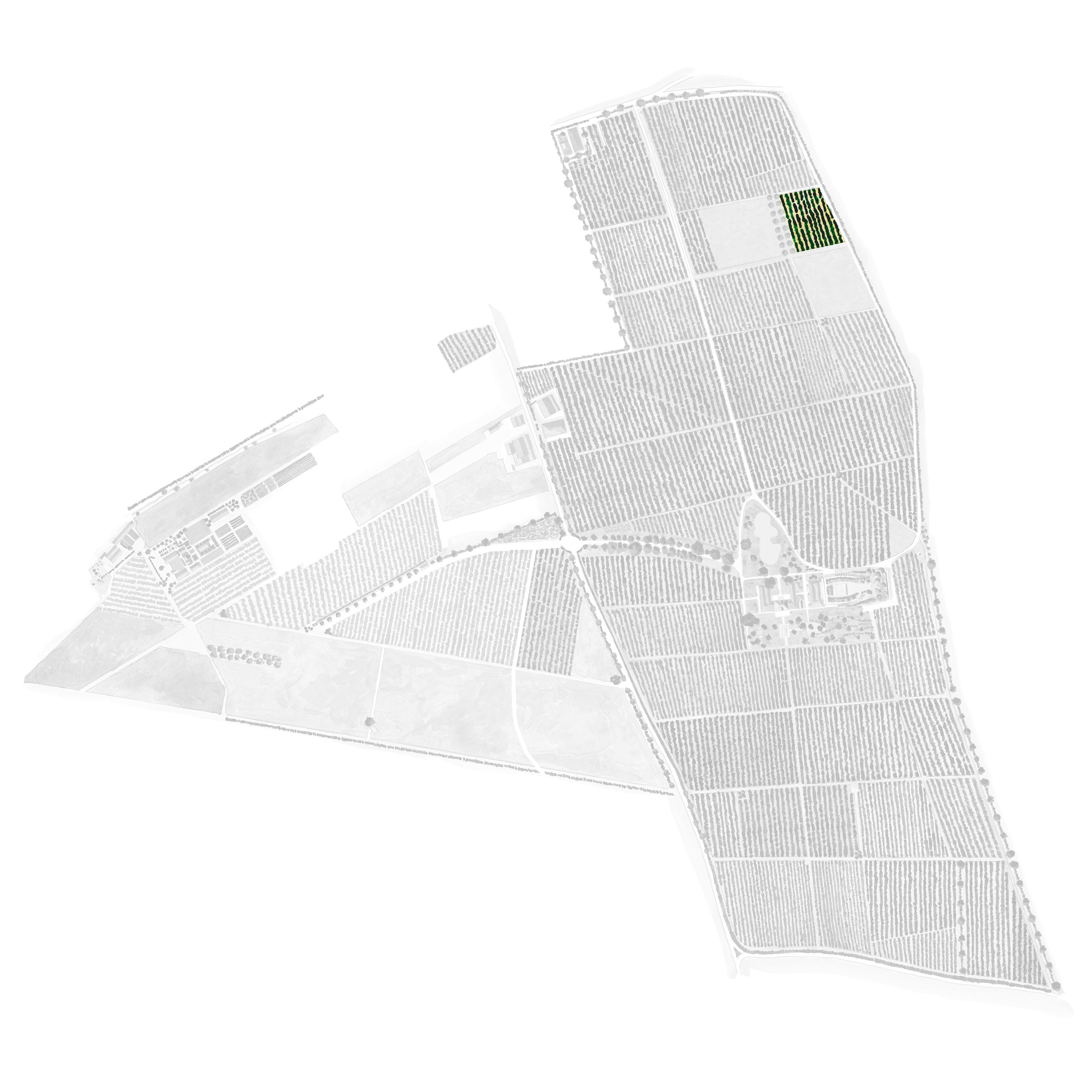
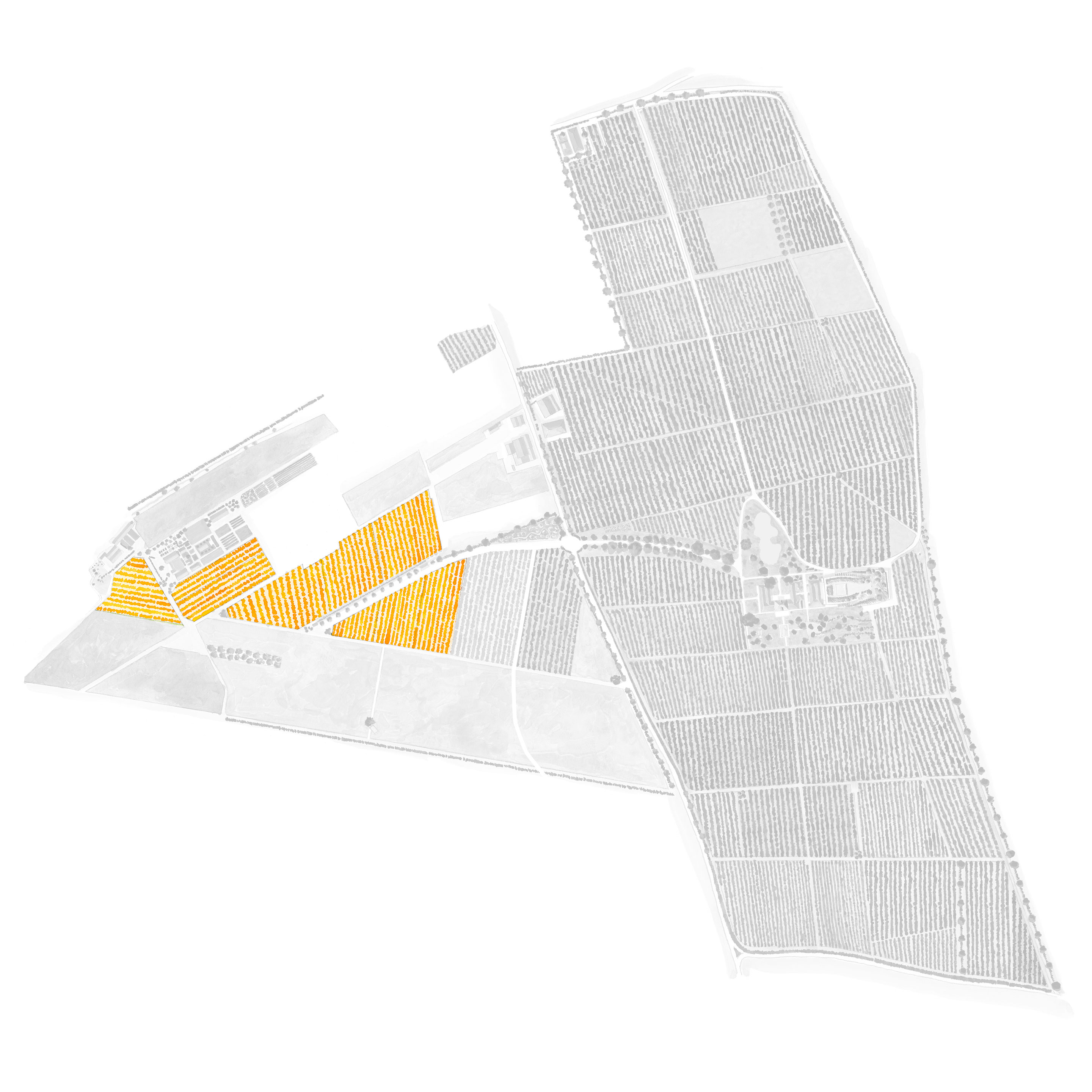
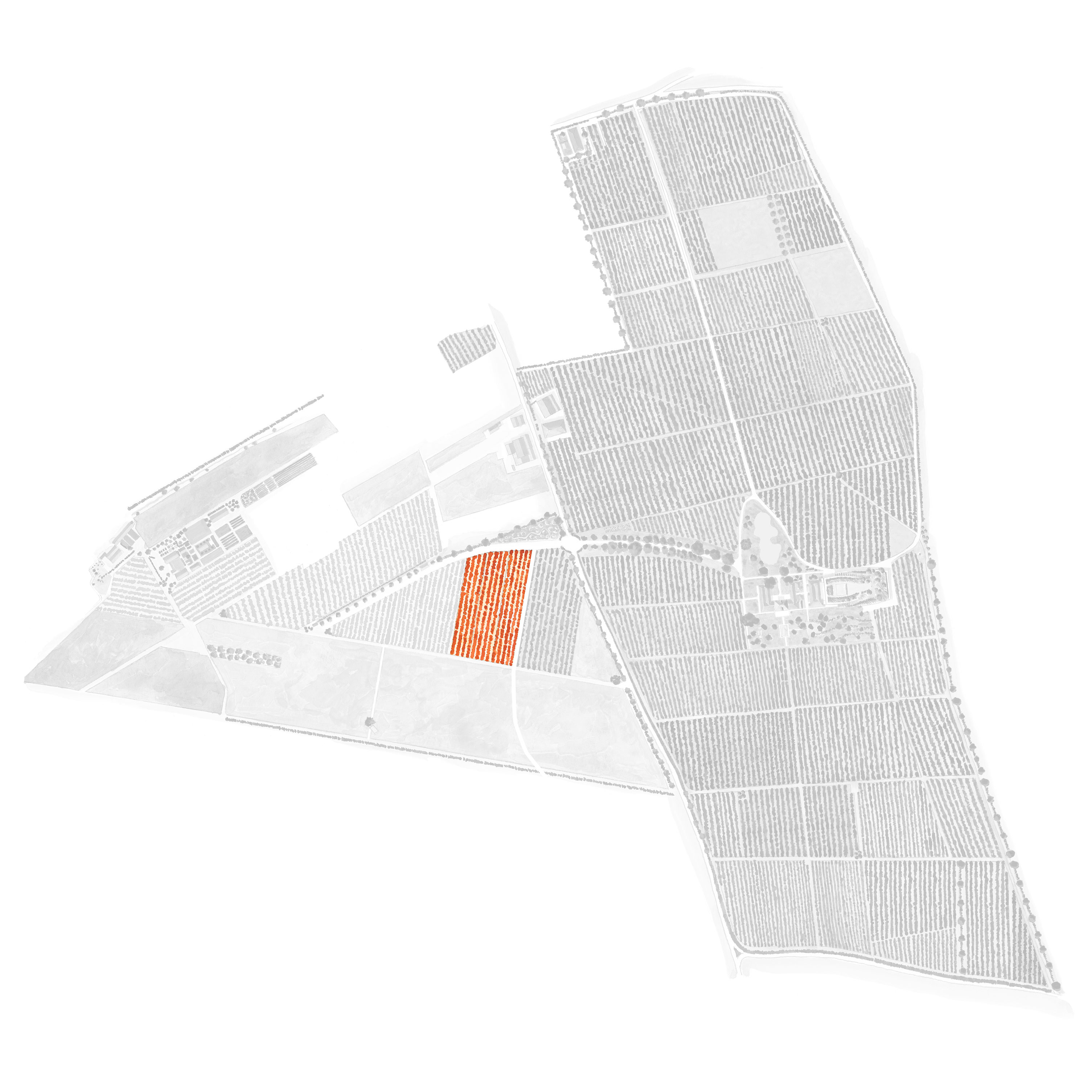
Vintages from 1919 to 2021
Select a vintage























































































